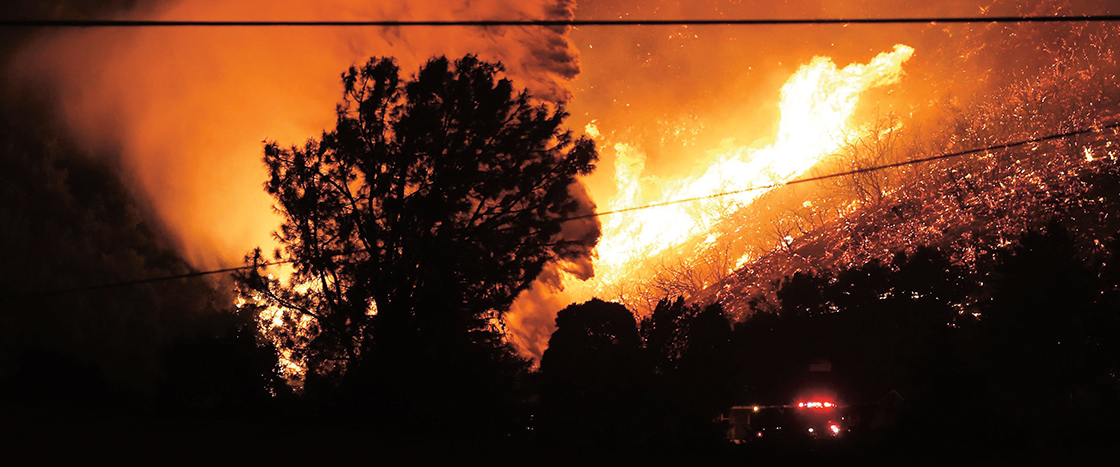This past fall, skies turned orange on the West Coast of the United States as dozens of fires raged across California, Oregon, and Washington. It was the region’s most devastating wildfire season in recorded history. Scientists expect wildfires to continue to get worse because of climate change.
Earth’s average temperature is rising. High temperatures can dry out plants. Droughts—long periods with little rain—are also becoming more intense. When forests are dry, they catch fire and burn easily. Destructive wildfires are a problem for more than just the West. Research suggests that wildfire risk will increase in the Midwest and the Southeast as well.
Experts say that preventing future large fires will require taking steps to address climate change, like reducing heat-trapping greenhouse gases.

